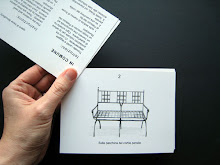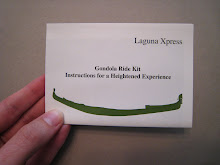The artist's decorated career spans the globe while he primarily works in Milan and New York, but we know where he's from.
He's perhaps most famous for the sculpture, La Nona Ora (The Ninth Hour) of a meteorite that hit Pope John Paul II and shown at MOMA in NYC among other venues. (Only an Italian would make this an opera. Once you live here you realize how strong the Catholic Church's role grips the country and its pysche. This is obviously worth an artist's attention.)
Most recently, Mr. Cattelan caused controversy when he built and installed L.O.V.E., a marble sculpture of a hand with all fingers cut off except the middle one. It was placed in front of Italy's equivalent of Wall Street, in Piazza Affari. The initial public outcry turned into a kind of tacit acceptance, if not promotion of the artwork. The piece was originally scheduled to be installed for 2 weeks in September of last year, during a retrospective of the artist. Yet the mayor and city council of Milan has sistematically voted to keep the sculpture installed and now it is cleared until September 2011.
So if you are in Milan between now and then and want to see a powerful piece by a formidable personality in Italian international culture, go see L.O.V.E.














